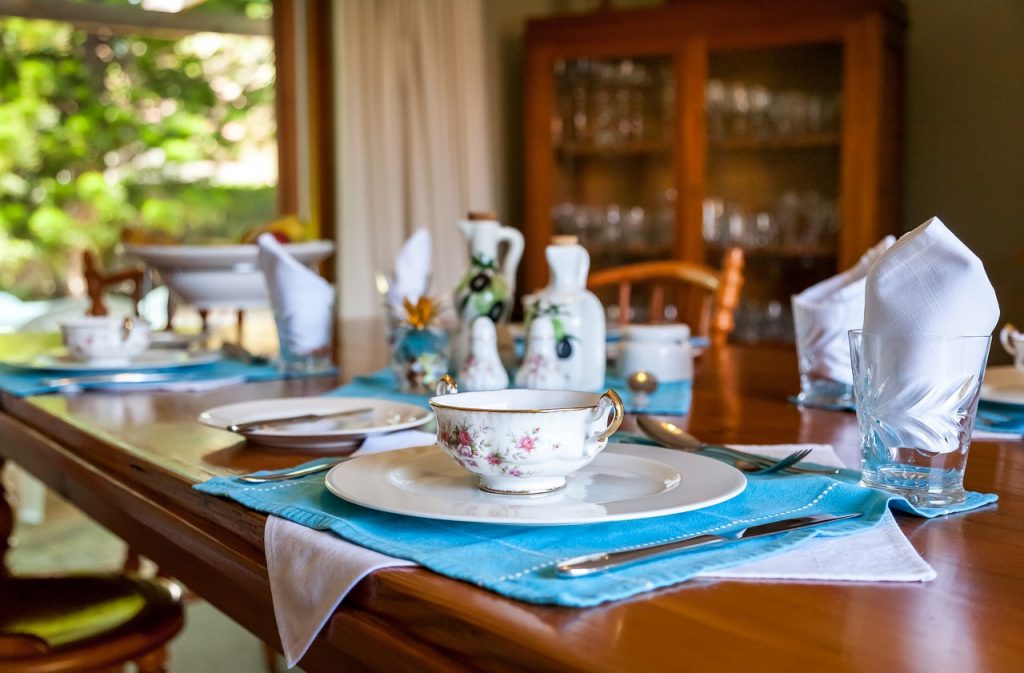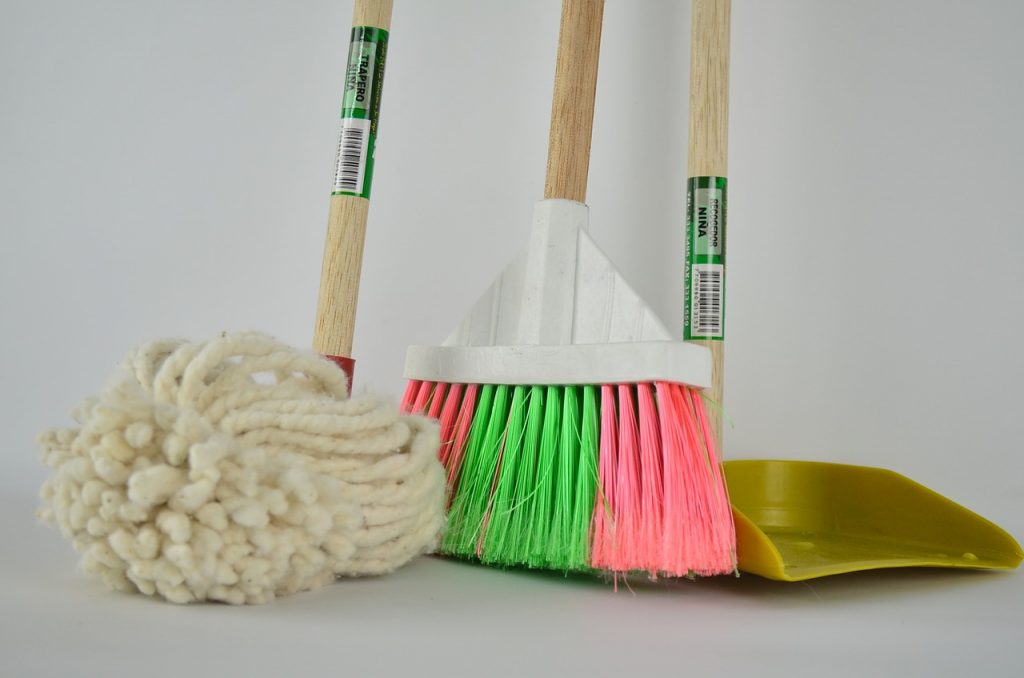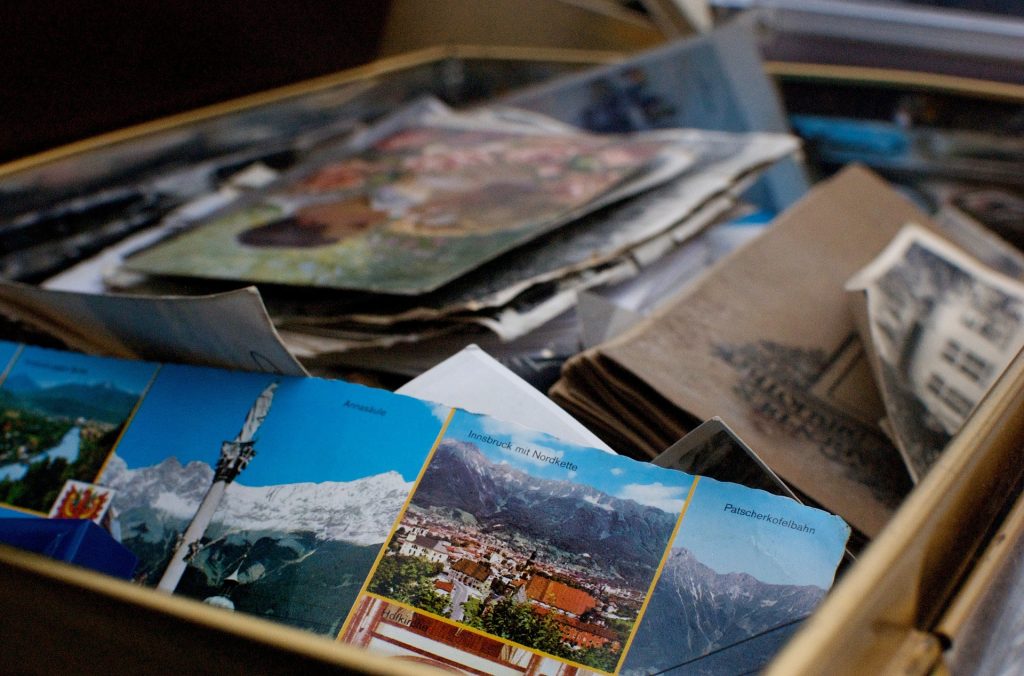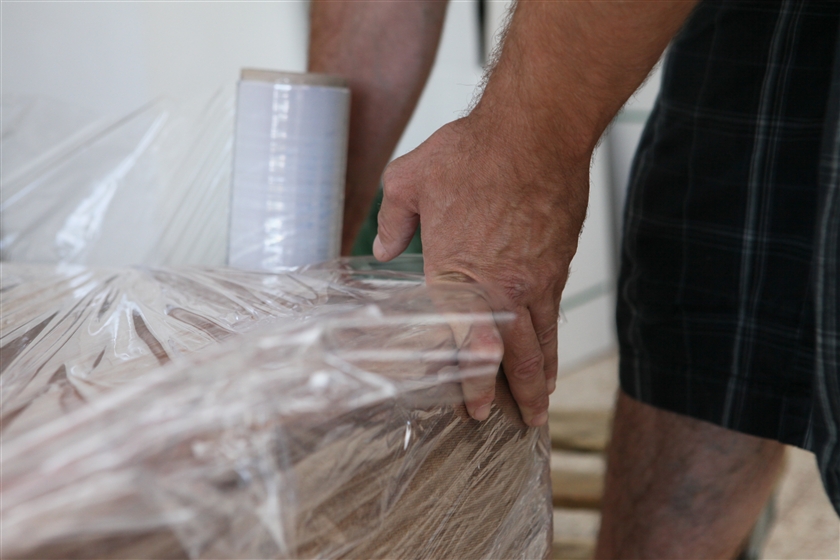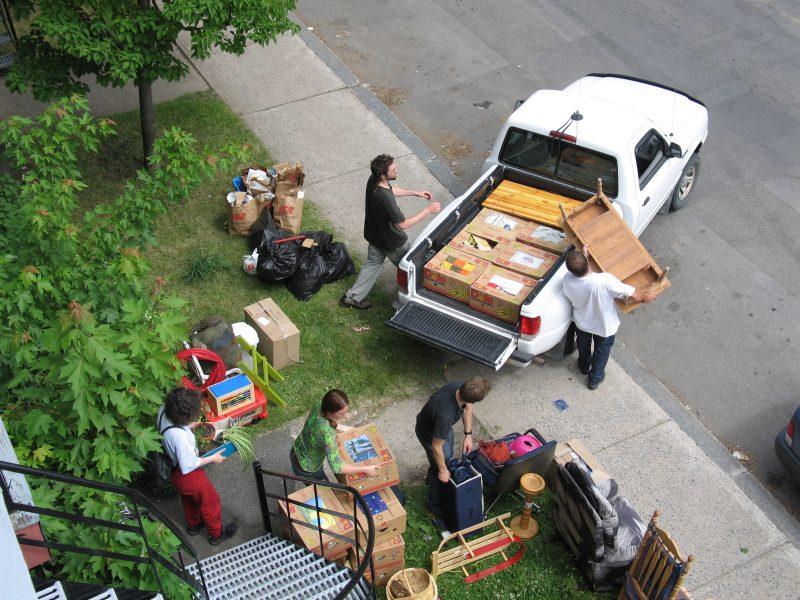You are taking the plunge and moving to the big city! Making the move from New Jersey to New York City may seem simple. It’s the next state over, right? Yes and no. Geographically, they are neighbors but in most cases, making the move from suburbia to a big city will have its challenges. If you are moving from NJ to NYC, be sure to consider the following tips.
Downsize
When moving to New York City, in most cases, space may be a potential issue. In a recent analysis, the lowest price per square foot in a Manhattan apartment was an astonishing $437 per square foot. Before making the move, sell, donate, or throw away items that you no longer need. Bulky items may be difficult to store, and you want to make the most out of the space that you have. For a general rule of thumb, if you haven’t touched it or used it in 6 months, it’s time to say goodbye.
Measure
Buying new furniture for your home can be exciting and overwhelming. Before shopping, measure the entrance areas to your home. In NYC, some of the doorways and hallways are much smaller than average. Ask yourself the following questions before buying:
- Will it fit through the door?
- If applicable, will it fit in an elevator?
- How many flights of stairs will I need to travel?
- How heavy is the item?
- What are the dimensions of the room?
Knowing the answers to these questions will eliminate a lot of the stress that comes with planning a move.
Transportation
In New Jersey, parking is everywhere and is not a concern for most. When moving to the city, you need to plan your vehicle storage. Find out if your new home has a private garage or if there is ample street parking. Because public transportation is a popular way to get around, you may want to consider whether having a car makes sense.
If your commute to work is relatively short, it may be more cost-effective to travel via bus, train, or subway. When conducting a cost analysis, account for storage fees, gas, mileage, car payment, and convenience.
Choose Your Move In Date Carefully
If you are hiring professional moving services, save yourself some money and choose a date that falls within the second or third week of the month. Everyone plans their move for the last day or first day of the month, so Great Guys Moving Company says movers are in high demand at these times. If you move during an off-time, you might be able to get a discount on your move.
Finally, plan for special events. Is there a parade or any other significant celebration during that week in your new neighborhood? If so, roads may be closed and your move-in day may be very hectic. Take the time to learn about your surroundings to save your sanity.

